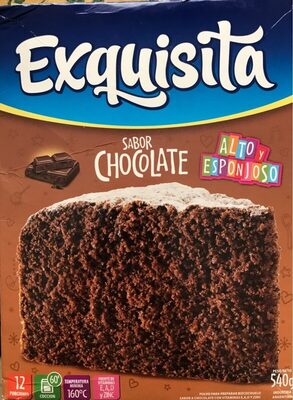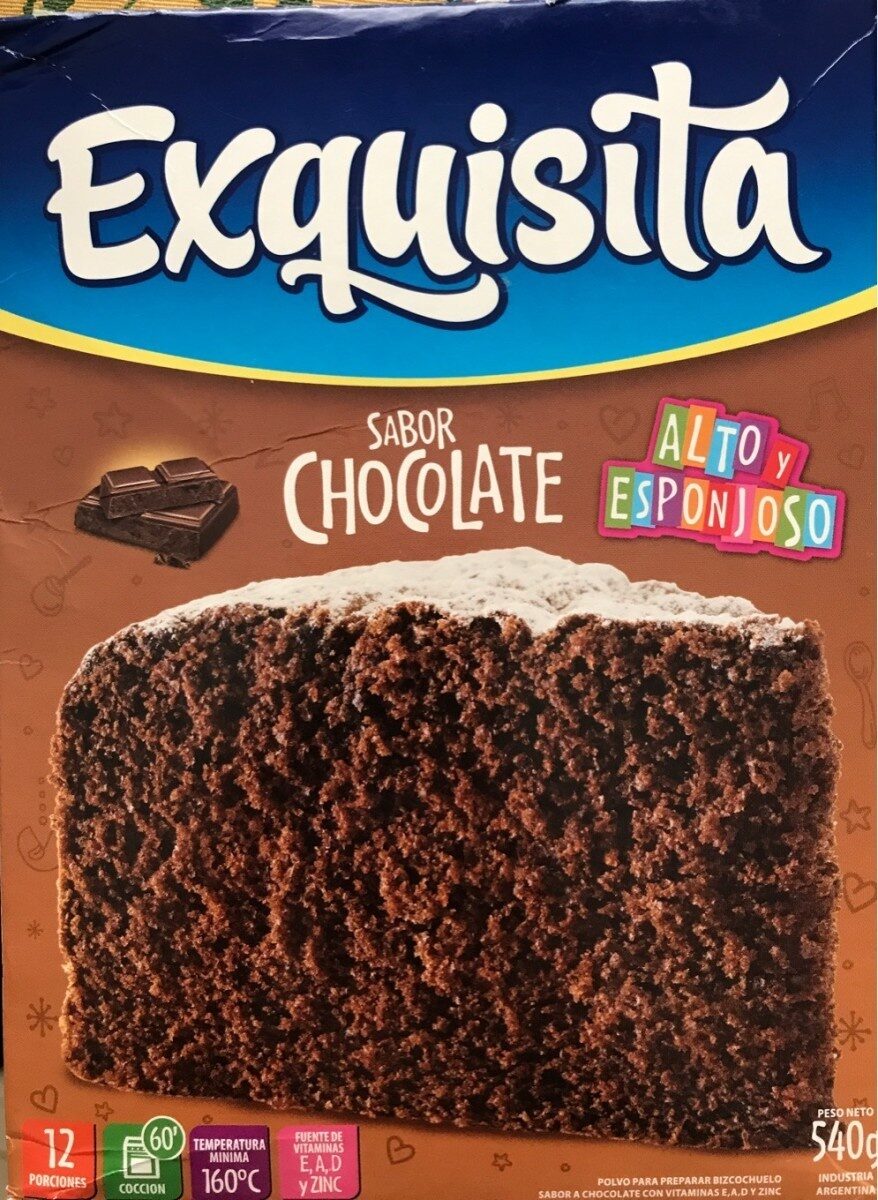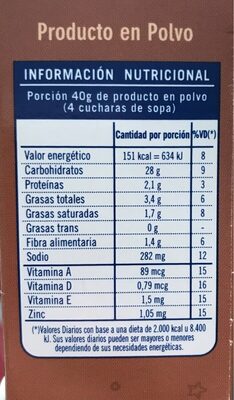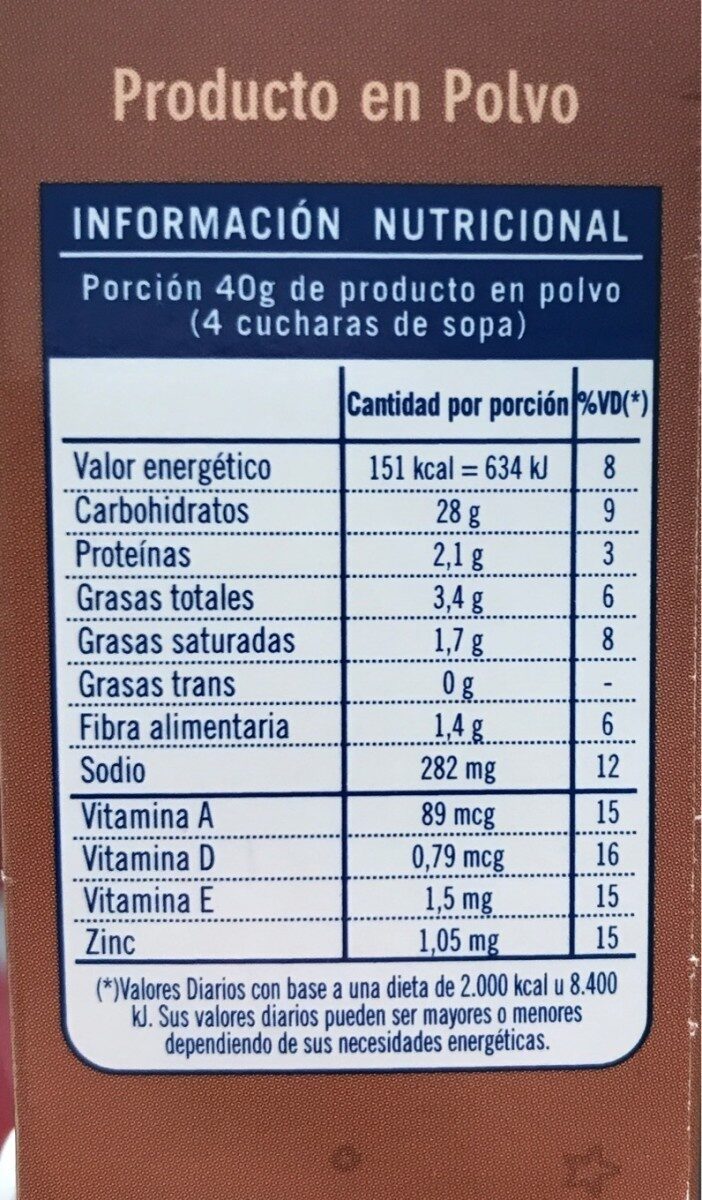Exquisita bizcochuelo chocolate - 540 g
This product page is not complete. You can help to complete it by editing it and adding more data from the photos we have, or by taking more photos using the app for Android or iPhone/iPad. Thank you!
×
Barra-kodea: 7790070410146 (EAN / EAN-13)
Kopurua: 540 g
Ontziratzea: en:Box, en:container
Markak: Exquisita
Kategoriak: en:Snacks, en:Sweet snacks, en:Biscuits and cakes, Gozopil, en:Cooking helpers, en:Dessert mixes, en:Pastry helpers, en:Baking Mixes, en:Cake mixes
Manufacturing or processing places: Argentina
Matching with your preferences
Ingurumena
Ontziratzea
Transportation
Report a problem
Datuen iturria
Product added on by veganeamos
Last edit of product page on by foodless.
Produktuaren orria -gatik editatua acuario, flipwared, kiliweb, musarana, openfoodfacts-contributors, packbot, roboto-app, teolemon, yuka.WElzZlB2cGVxdHNnbU5zZytoTEY1ZlpINDRLYldVZVZjdllqSVE9PQ.








